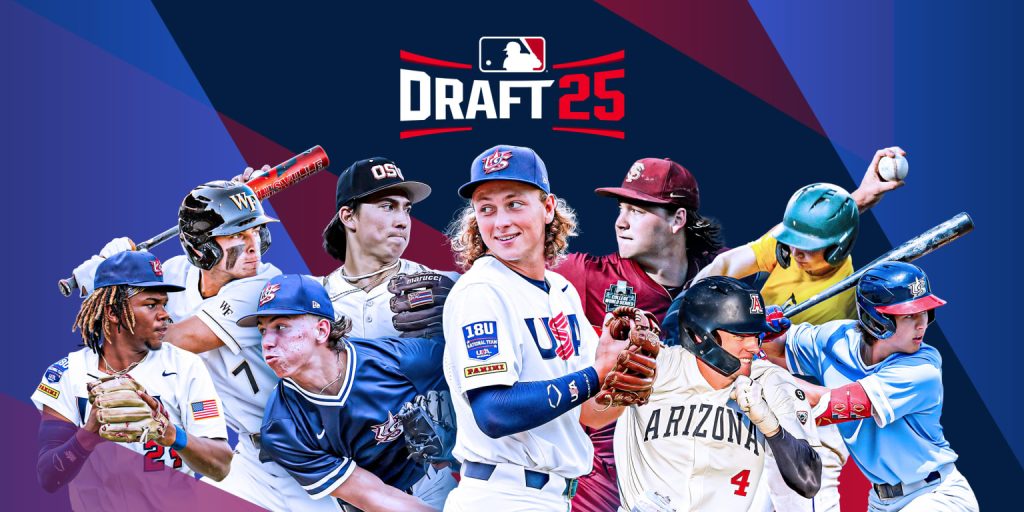Currently, our performance is strong across Major and Minor League Baseball, as well as in college baseball. In December, Jim Callis from MLB Pipeline released his initial mock draft for the 2025 class, but developments have occurred since that time. With new insights gained over the last four months, an update is timely.
On the most recent episode of the MLB Pipeline Podcast, Callis and Jonathan Mayo shared their picks for the top 10 Draft selections. It’s crucial to understand that this isn’t a conventional mock draft; rather, it reflects each expert’s selection preferences rather than predictions for how the teams will select. However, it offers a clear look into the significant changes in the draft landscape recently, with some surprises likely.
The top prospects feature a substantial number of high school players, highlighting how early-season performances can shift projections from the Top 100 Draft rankings. I’ve included the rankings of these players from that list in parentheses.
1. Nationals — Ethan Holliday, SS/3B, Stillwater HS (OK) (No. 1)
Callis: Holliday differs from his brother and is more physically built like his father. He likely prefers playing third base where he can showcase his power. After a slow start to the season, he has shown improvement recently. I had three candidates for this pick, but I am selecting Ethan Holliday as the top overall choice.
2. Angels — Seth Hernandez, RHP, Corona HS (CA) (No. 5)
Mayo: I’m thrilled to select my top prospect. Hernandez is a right-hander from Corona with similar strengths you’d seek in an elite pitcher. Despite being a high school prospect, he possesses great size, impressive skills, at least three high-quality pitches, excellent command, and a competitive nature. A scout recently stated, “If he isn’t in consideration for the first overall pick, what are we even discussing?”
3. Mariners — Jamie Arnold, LHP, Florida State (No. 3)
Callis: Arnold has the highest floor among prospects, and he’s one of the only three players I’d consider for the first pick right now. While I see greater upside in Holliday and Hernandez, Arnold is the safest choice. He’s a left-hander with strong potential to advance to the big leagues quickly, possessing strong pitches, solid control, and a proven track record.
4. Rockies — Aiva Arquette, 2B/SS, Oregon State (No. 7)
Mayo: His power is emerging, and while he has some swing-and-miss, his defensive capabilities are notable. Arquette has successfully addressed questions about his ability to play shortstop, and with an OPS above 1.000, he can solidify his place in the top five as the season progresses.
5. Cardinals — Marek Houston, SS, Wake Forest (No. 16)
Callis: Houston is among the leading defensive shortstops in this collegiate draft class. He has demonstrated legitimacy as a professional-level shortstop, and the remarkable statistic is his 10 home runs along with a .667 slugging percentage. After working on his strength in the offseason, he’s becoming both a strong defensive asset and a potential 15-20 home run hitter.



